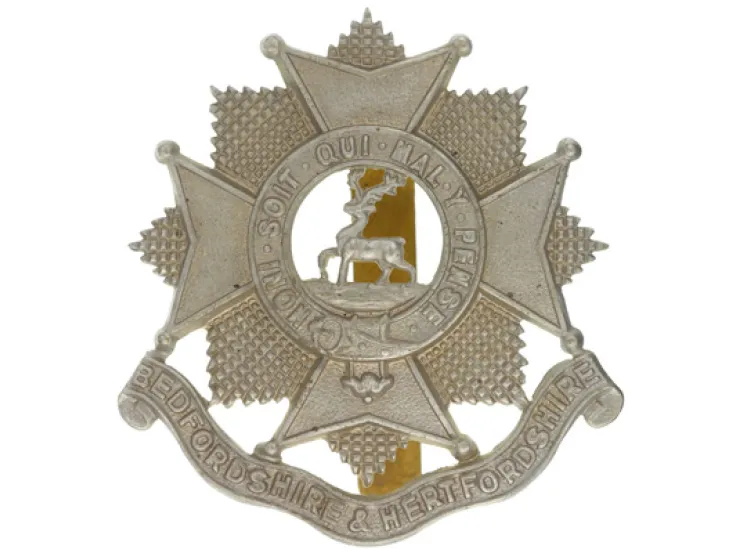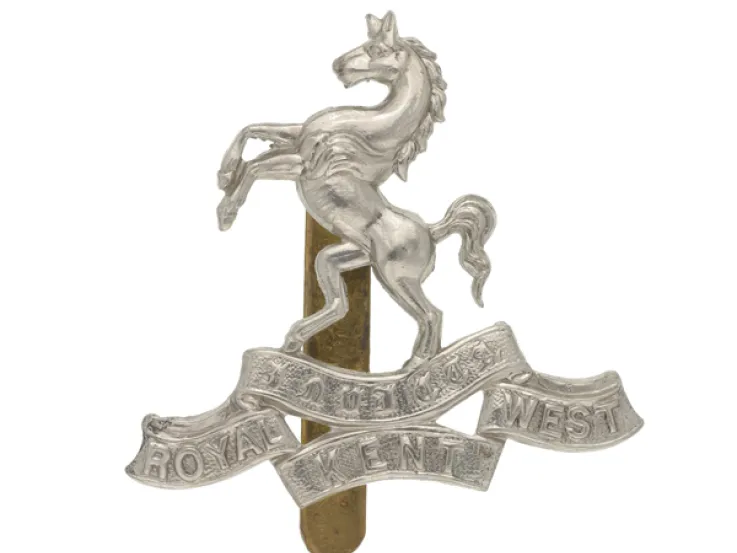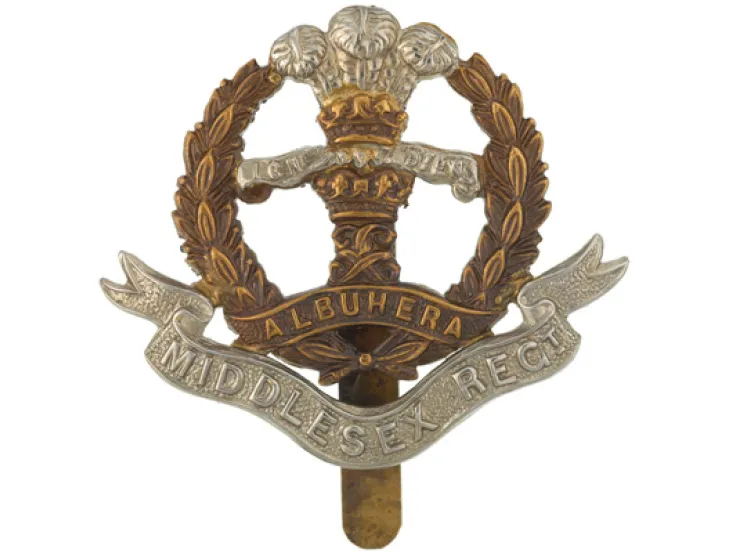Origins
The regiment was raised in southern England in January 1741 by Colonel James Long, a former officer of the 1st (Grenadier) Guards.
It remained in England for four years until being sent against the Second Jacobite Rising (1745-46). Relatively inexperienced, the regiment broke at Prestonpans (1745) and most of its men were killed, wounded or captured.
It had recovered by 1748, when it was sent to Flanders at the end of the War of Austrian Succession (1740-48). By then, it had also received the numeral 55. This rose to 44 in 1751 after 11 marine regiments were removed from the Army’s order of precedence.
North America
In the 30 years from 1756, the regiment fought in North America in both the French and Indian War (1754-63) and the American War of Independence (1775-83).
During the former, it sustained heavy losses at Monongahela (1755). In the latter, it served at Brooklyn (1776), Brandywine (1777) and Monmouth (1778). It spent the years between these two conflicts in Ireland.
In 1782, the regiment was given a county association with East Essex.
French wars
The 44th split in 1793 at the start of the French Revolutionary Wars (1793-1802). Its battalion companies were sent to Flanders and its light-infantry flank companies served as marines in the West Indies.
The regiment subsequently adopted ‘Rule Britannia’ as one of its marches in recognition of this marine service, which included the capture of Martinique and St Lucia in 1794.
After re-uniting in 1795, the 44th went on to garrison Gibraltar. It then fought at Alexandria in Egypt (1801), which earned the regiment the sphinx on its badge.
Peninsula
In 1803, the regiment raised a 2nd Battalion. This served in Britain, Ireland and the Channel Islands until joining the Peninsular War (1808-14) in 1810. There, it fought at Sabugal (1811), Fuentes de Onoro (1811) and Badajoz (1812).
At Salamanca, on 22 July 1812, Lieutenant William Pearce captured the eagle standard of the French 62nd Regiment.
Waterloo
However, by the end of 1812, 2nd Battalion had suffered so heavily that its six weakest companies were sent back to Britain to re-recruit. The remaining four joined 2nd Battalion of the 30th Regiment of Foot, before returning to England the following year and re-joining the others.
Once back up to strength, 2nd Battalion was sent to the Low Countries, where it fought at Quatre Bras and Waterloo in 1815.
Meanwhile, 1st Battalion had spent the early years of the Napoleonic Wars (1803-15) in Malta, Sicily and Naples, before re-deploying to the Peninsula in 1813.
In 1814, after fighting its way up into southern France, 1st Battalion was sent to join the latter stages of the War of 1812 (1812-15), including service at New Orleans (1815).
19th century
In 1816, 2nd Battalion was disbanded. Six years later, the regiment deployed to India for the first time, remaining there for 20 years.
While on the subcontinent, it fought in the First Burma War (1824-26) and the First Afghan War (1839-42). The 44th was the only British infantry regiment to take part in the Retreat from Kabul. Of the handful of survivors from that disastrous march, the majority fell in a last stand at Gandamak in 1842.
The regiment spent the next six years in Britain and Ireland re-recruiting, only returning overseas in 1848 to garrison Malta. By 1854, it had sufficiently recovered to fight at the Alma (1854), Inkerman (1854) and Sevastopol (1854-55) during the Crimean War (1854-56).
It returned to the Far East in 1857, taking part in the suppression of the Indian Mutiny (1857-59). It also fought in the Second China War (1857-60), where it helped capture the Taku Forts. The regiment spent the following five years in Britain and Ireland, before returning to India in 1871.
Legacy
Ten years later, in 1881, it was merged with the 56th (West Essex) Regiment of Foot to form The Essex Regiment.
Regimental museums
The National Army Museum works with a network of Regimental and Corps Museums across the UK to help preserve and share the history and traditions of the Army and its soldiers.
Discover more about the 44th (East Essex) Regiment by visiting the Essex Regiment Museum in Chelmsford.













